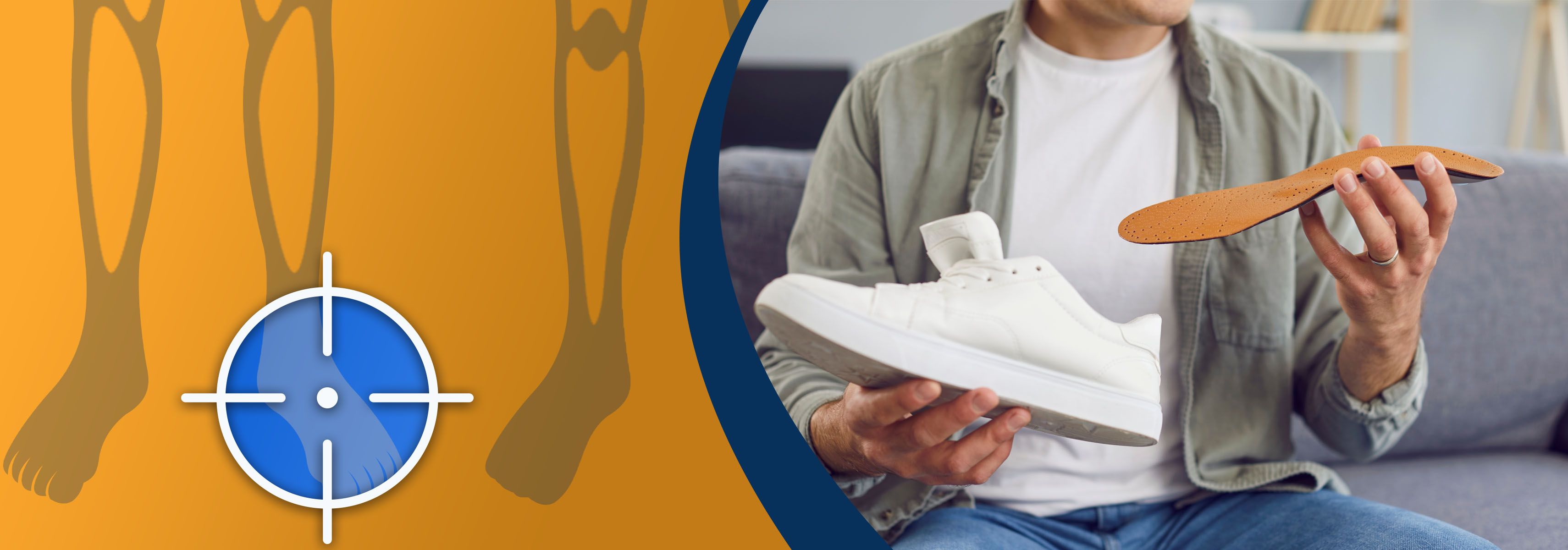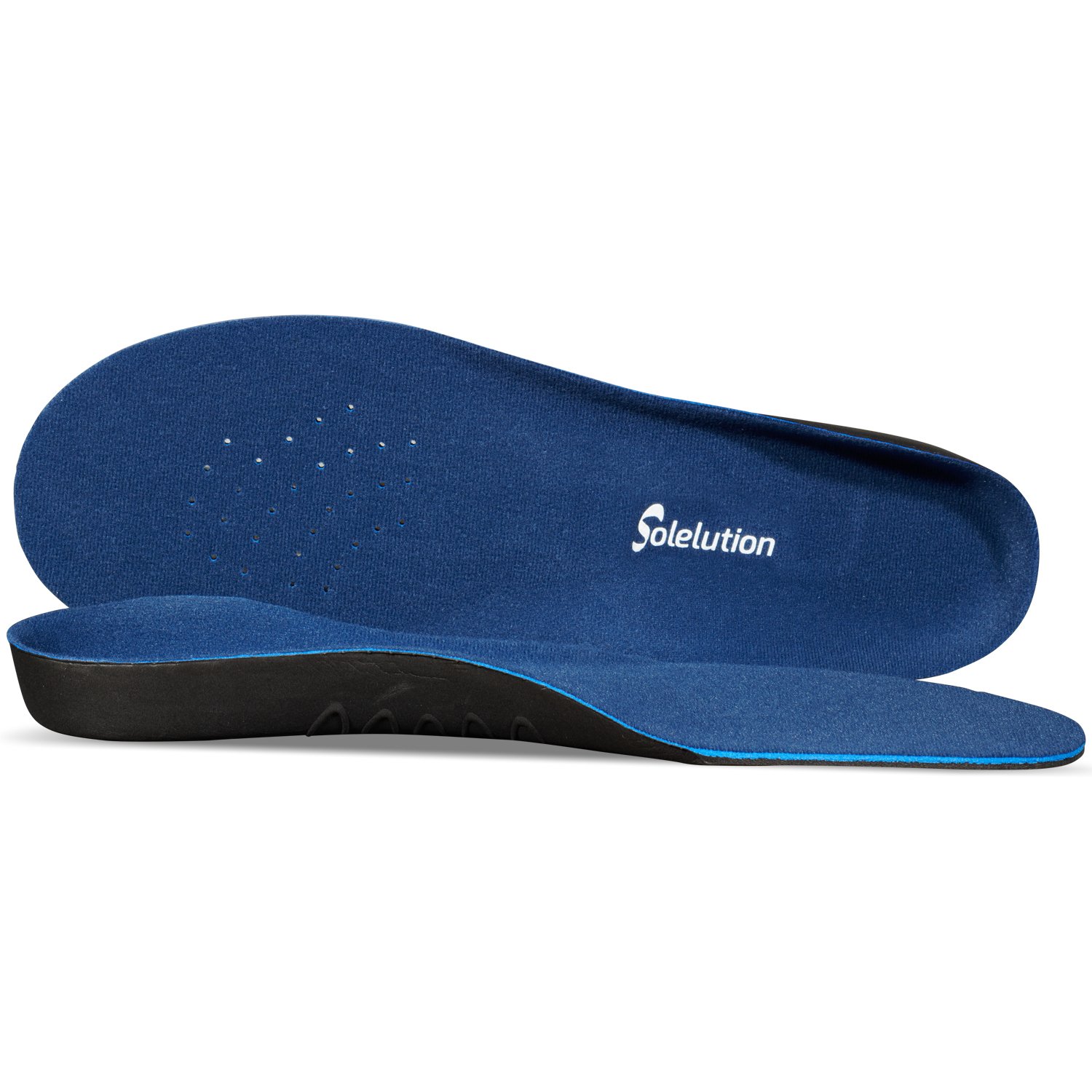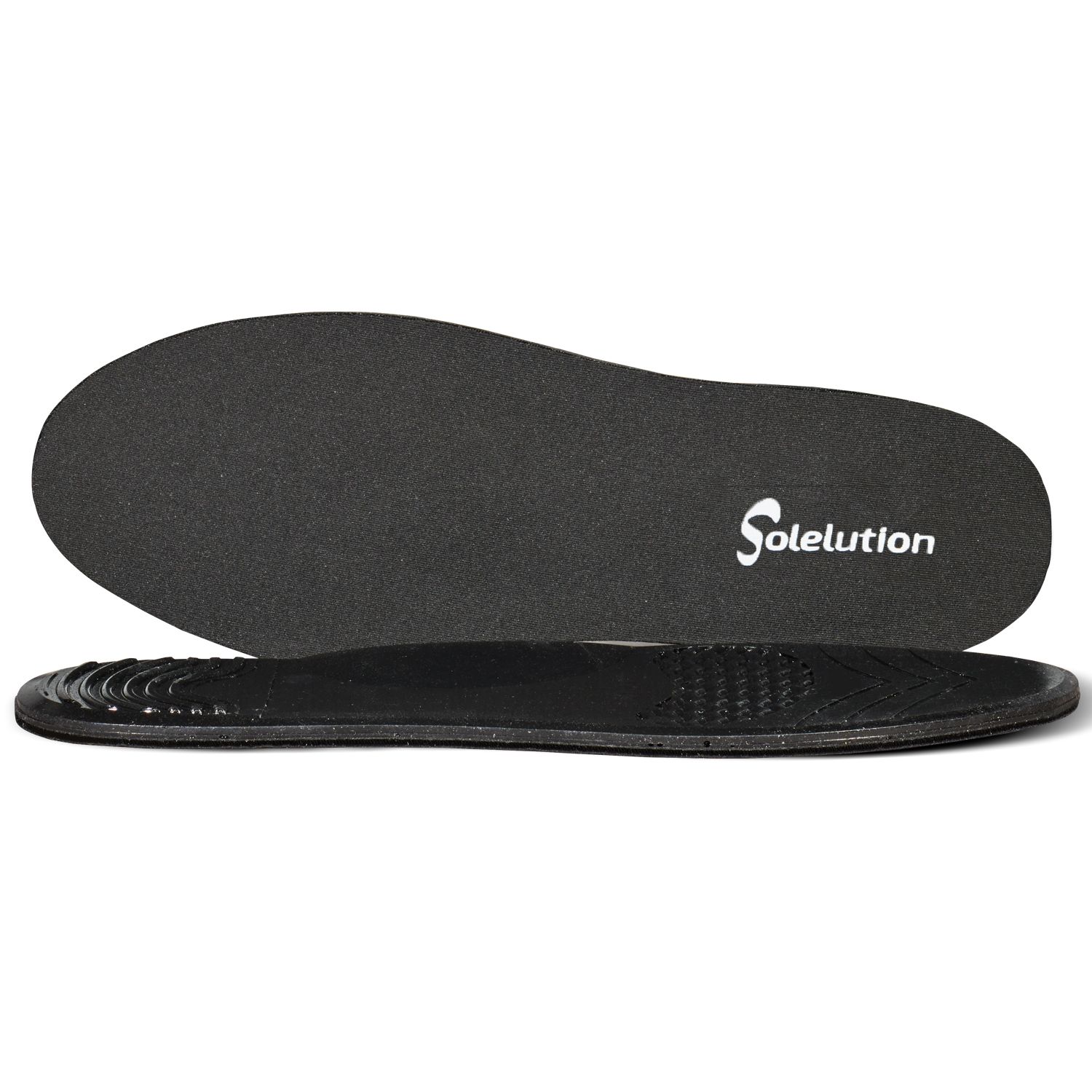Insoles come in different shapes and forms. But what exactly are the benefits of insoles? In this blog, we dive deeper into the world of insoles.
Let's start with the feet. These are more important than you probably think. You walk around on them all day and that is quite a burden. What you probably don't realise is that many physical complaints can be traced back to your feet. These can range from hip and back pain to leg pain. A little correction to your feet can greatly improve complaints in the rest of your body.
Why do I need insoles?
As explained above, taking good care of your feet improves your posture. There are different types of insoles on the market. Some provide extra cushioning, while others relieve pressure on one or more muscle groups, for example. Which insoles you need depends very much on your complaint.
Insoles are often prescribed by medical specialists, but nowadays, you can also easily choose and order insoles yourself according to your symptoms.
Types of insoles
As mentioned, insoles come in different shapes and types. They can be divided into a number of categories:
- Insoles for foot disorders
- Insoles for sports
- Insoles for corrective walking
- Insoles for general walking comfort
- Insoles for children.
- We will explain some of them to you.
Sports insoles
During exercise, a lot is asked of your body. Your knees, ankles and back often suffer. You can prevent or remedy this by using special sports insoles. These insoles are cushioning and often slightly corrective, so you can train without injuries.
Insoles for foot deformities
Walking correction insoles are often used for various foot abnormalities. There is a wide variety of orthopaedic insoles on the market. There are insoles for flat feet, hollow feet and overpronation. These insoles have a unique cushioning system and offer optimal stability.
In summary, wearing insoles is always good for your feet. Your feet get maximum support, which also has an effect on your legs and back.








